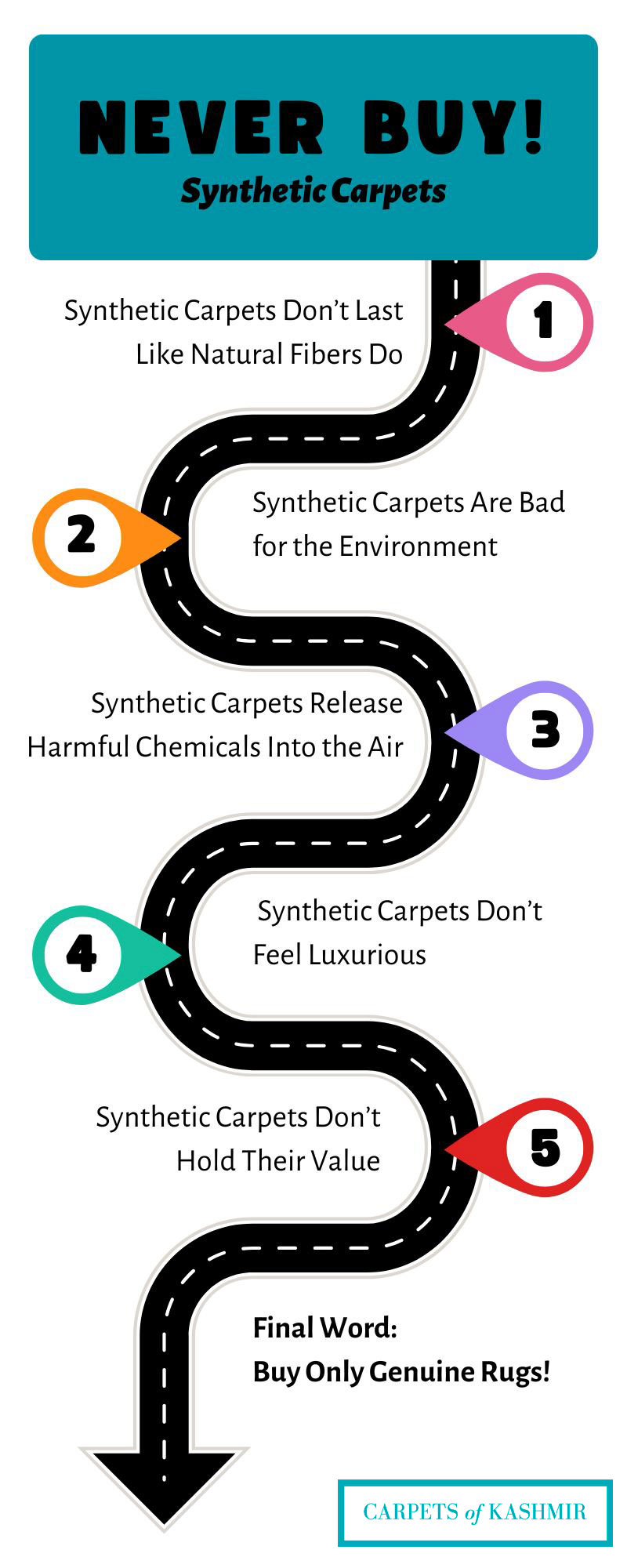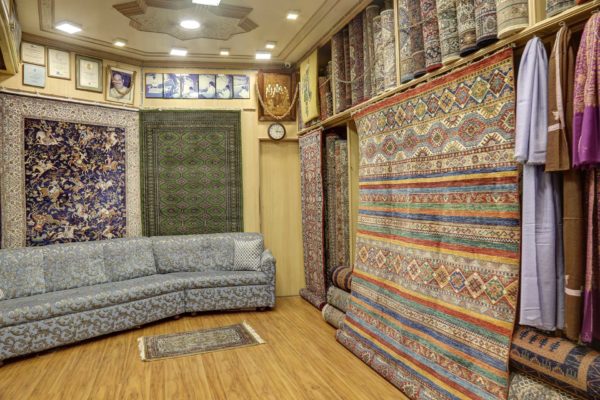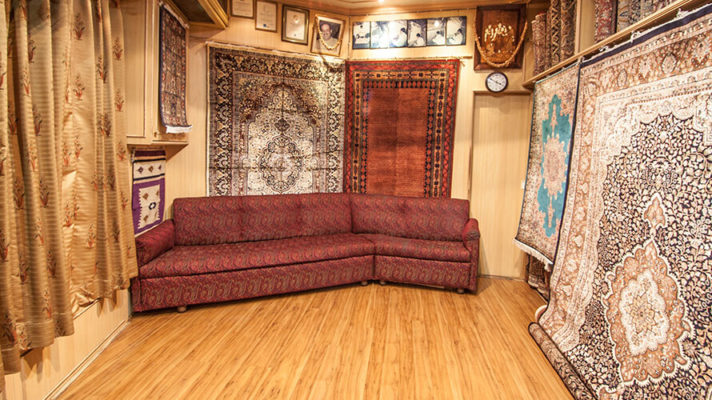Warning! Never Buy Carpets Made of Synthetic or Artificial Fibers »
If you’re in the market for a new carpet, it might seem like a straightforward choice — head to a store, browse a few options, and pick one that fits your budget and style.
But there’s one critical factor you’ll want to pay close attention to: the material of your carpet.
These days, there’s a big divide between synthetic and natural fiber carpets, and the differences go way beyond price.
Some online vendors are selling fake Kashmir rugs on popular platforms like Amazon, Flipkart etc. Never buy any cheap Kashmir carpet from these online stores, as they make be fake.
Choosing the right type of carpet isn’t just about looks; it’s about durability, comfort, health, and even your impact on the environment.
As manufacturers of handmade, hand-knotted Kashmiri rugs, we know what a difference a high-quality, natural-fiber rug can make in a home.
All our handmade handcrafted carpets are made from either natural Mulberry silk or 100% pure Merino wool and a combination of both.
One of the biggest advantages that we offer is the customization of the carpets; as per our domestic and international clients who have been patronizing our Mumbai showroom (that has 2000+ ready in stock) carpets ranging from scatter rugs (3 feet by 2 feet) to large area like for living rooms.
From our showroom at the World Trade Centre in Mumbai, we’ve seen firsthand how choosing natural materials over synthetic ones brings a level of luxury, sustainability, and even artistry that synthetic carpets simply can’t match.




